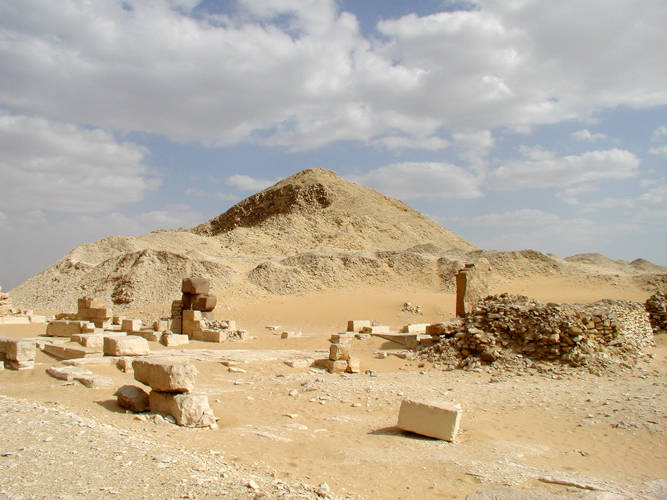The Pepi II Pyramid, part of the remarkable pyramids at Saqqara in Egypt, stands testament to the architectural prowess of the Ancient Egyptians. As the final resting place of Pharaoh Pepi II, this pyramid marks the decline of the Old Kingdom. The complex’s unique features, including three subsidiary pyramids, reflect the grandeur of the times. Archaeologists and historians value the site for its detailed carvings, which shed light on the era’s traditions and rituals. Despite the pyramid’s deteriorated state, it provides invaluable insights into Pharaonic civilization and its enduring legacy.
Historical Places
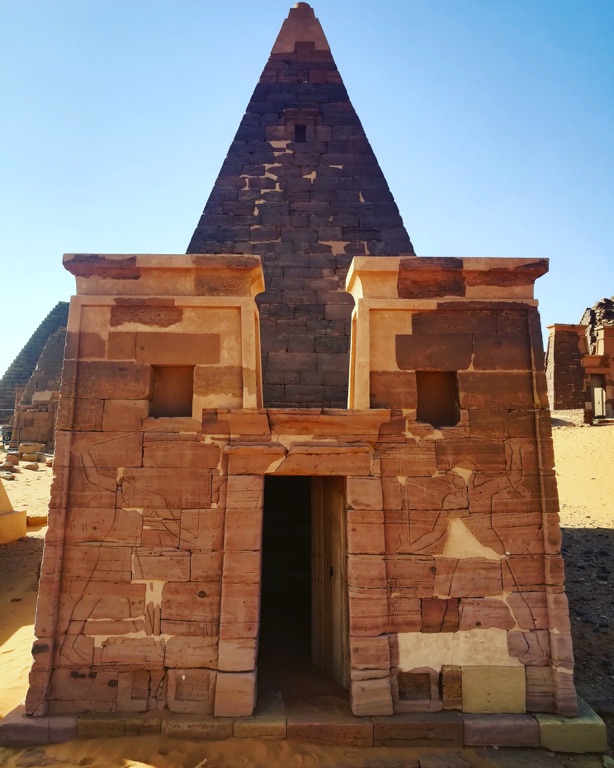
Pyramids of Meroë Sudan
The Pyramids of Meroë are a testament to a once-flourishing Nubian civilization in Sudan. Skilled Nubian artisans built these monumental tombs around 2,500 years ago. They mark the resting places of the kings and queens of the Kushite Kingdom. Unlike their Egyptian counterparts, the pyramids at Meroë boast steep slopes and smaller bases. Today, these remarkable structures invite intrigue and admiration. They remind us of a matriarchal society where queens reigned supreme. Nestled between the Nile and Atbara rivers, the site remains an archaeological gem. It captures the imagination of historians and travelers alike.
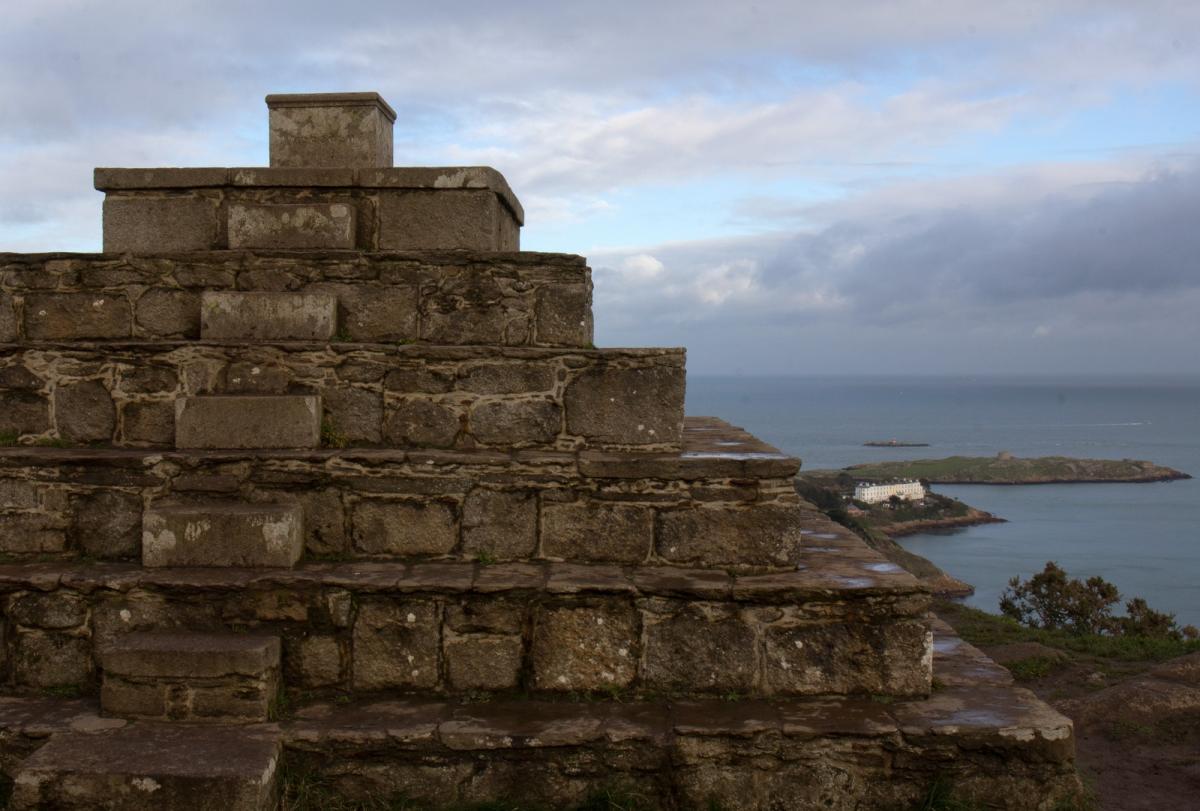
The Pyramid of Dublin
Located in the vibrant city of Dublin, the historical site known as the Pyramid of Dublin stands as a testament to Ireland’s multifaceted history. Though not as ancient as the pyramids of Egypt, this lesser-known edifice harbors a rich past tied to Dublin’s development. Visitors and locals alike marvel at its unique architecture, which blends traditional Irish elements with the mystique of a pyramid shape. The structure’s purpose and origins remain a topic of intrigue and speculation, inviting explorers to delve into its mysterious legacy.
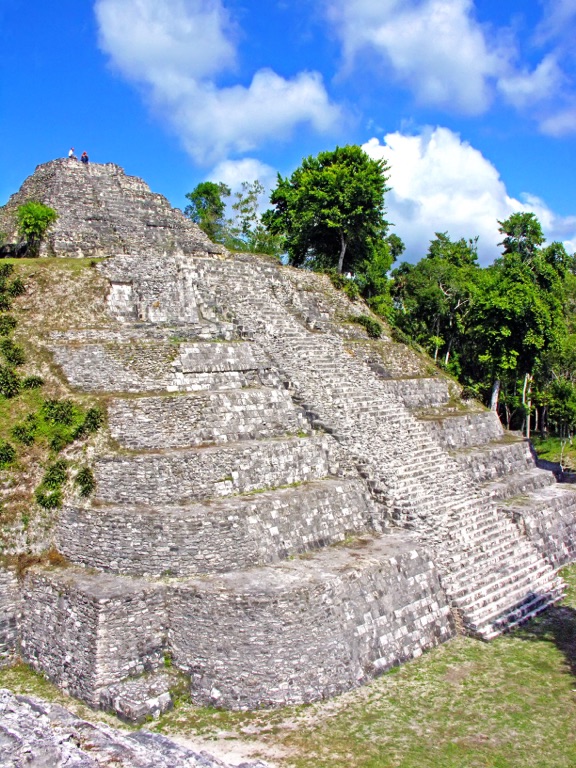
Yaxha
Nestled within the lush Petén Basin of Guatemala, Yaxha stands as a testament to the ingenuity of the ancient Maya. Once a thriving city, its ruins tell a story of cultural richness and sophisticated city planning. Visitors are greeted by the sight of towering temples and palaces that whisper tales of bygone eras. Yaxha, meaning ‘green water’ in Mayan, is aptly named after the beautiful Yaxha Lake. The serenity of this archaeological wonder merges with the dense jungle, creating an enchanting atmosphere. Interestingly, this site is part of the cultural triangle Yaxha-Nakum-Naranjo National Park, enlarging its historical significance. By exploring this hidden treasure, history enthusiasts can delve into daily Mayan practices and their cosmological views. Yaxha’s charm lies not just in its historical value but also in its undisturbed natural setting, making it a unique blend of heritage and wilderness.
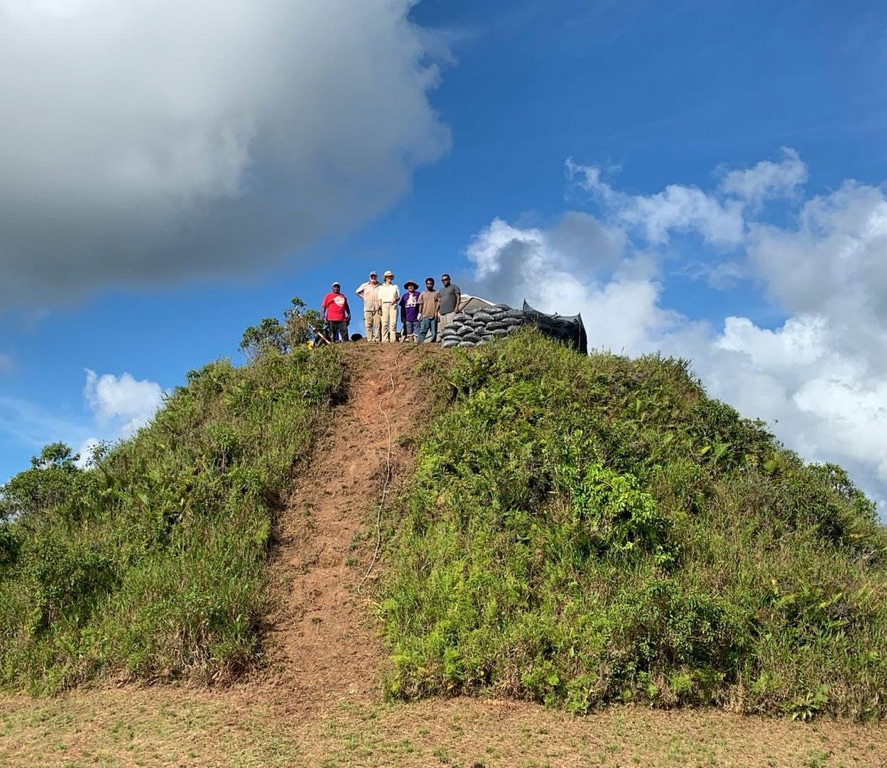
The Green Pyramids of Palau
Palau’s Green Pyramids stand as a testament to the rich history and cultural significance of this tropical paradise. These earthen mounds, blanketed in lush greenery, offer a picturesque view that attracts history buffs and nature lovers alike. Delving into their origin, one discovers that these aren’t just natural formations but remnants of ancient civilizations. The pyramids hold clues to the archipelago’s early inhabitants and their way of life. With such a blend of natural beauty and historical mystery, the Green Pyramids beckon adventurers to explore their hidden stories.
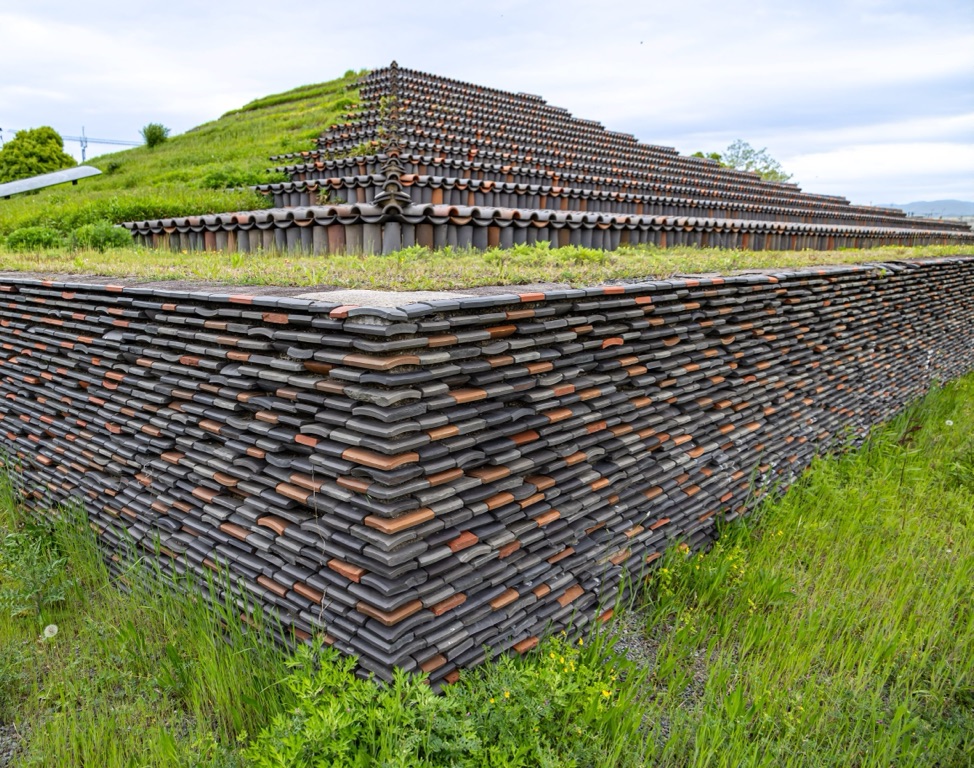
Dotō Pyramid
The Dotō Pyramid, a magnificent historical site, beckons travelers with its ancient allure. This enigmatic structure has stood the test of time, silently narrating the tales of a civilization long gone. Integral to the cultural fabric of its region, the pyramid serves as a testament to the architectural ingenuity and spiritual beliefs of its creators. As visitors walk through the imposing gates, they are transported to a time when this pyramid might have been at the center of daily life, playing a key role in ceremonies and rituals.

